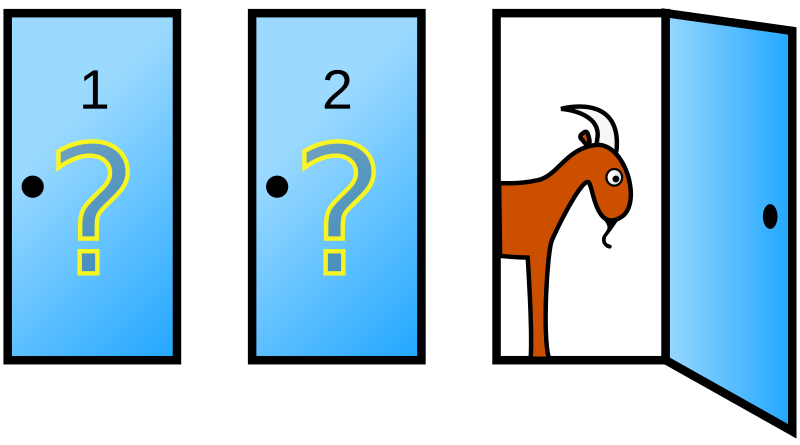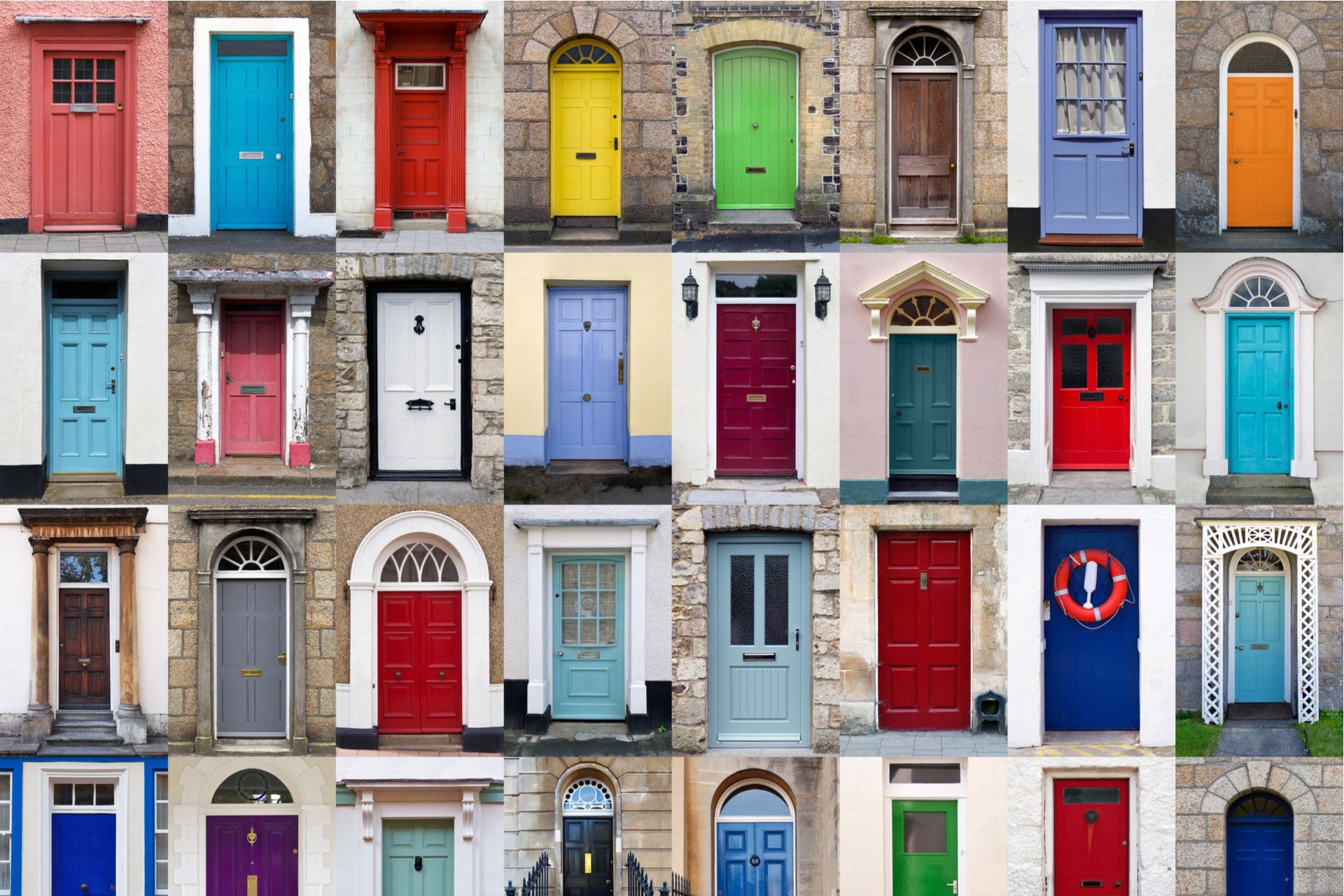 This is a short one, but I came across a video on YouTube and find the answer provided to be ridiculously wrong. It just goes to show how poorly most people, even professional mathematicians, are at critical thinking.
This is a short one, but I came across a video on YouTube and find the answer provided to be ridiculously wrong. It just goes to show how poorly most people, even professional mathematicians, are at critical thinking.
So let’s get through it.
So here’s the video if you want to watch it. See you below when you’re done.

The problem is, once you get to the actual decision, it’s not one choice out of three, it’s one choice out of 2, or a 50/50 shot. Now that assumes that Monty Hall wasn’t trying to trick you dishonestly, by knowing that the car was behind door #1 and he’s trying to shift your choice to the other goat. Therefore, we’ll just make this double blind. He doesn’t know where the goat is and neither do you.
The issue here is the fact that the end choice, it doesn’t matter how many doors you start off with. If you have a hundred doors and get down to 2, as they suggest in the video, that doesn’t make one option 99% and the other 1%. Both are 50% because both have an even possibility of containing the car and an even possibility of containing the goat. If you start off with a billion doors, your final decision between door #1 and door #2 remains even odds because all of the others have been eliminated. Whatever chances there might have been at the beginning of the problem, they are gone by the end. The mistake here is assuming that you’re still dealing with the same problem that you started with. You’re not. It’s an entirely different problem by the end.
 So let’s break this down. You’ve got 100 doors and eliminate 50 of them. That doesn’t mean that every door has a 1% chance of being right except one has a 51% chance. That’s stupid. It’s a whole new ball game. The scenario is the same. One car. The rest goats. Now there’s a 2% chance that any individual door is the right one.
So let’s break this down. You’ve got 100 doors and eliminate 50 of them. That doesn’t mean that every door has a 1% chance of being right except one has a 51% chance. That’s stupid. It’s a whole new ball game. The scenario is the same. One car. The rest goats. Now there’s a 2% chance that any individual door is the right one.
Split it in half again. You’re up to 4% per door. 25 choices. The game hasn’t changed, you just have fewer choices. You aren’t justified in picking any of the doors over any others, you still have a certain set of odds for any choice.
 Do it again. Heck, get it down to 2 doors. You’re at 50% for each of them. Nowhere are you at 1% for one and 99% for the other. This is a failure of understanding the problem and assuming that it doesn’t change every time you sweep some of the doors off of the stage. Now you have an entirely different problem to evaluate. It’s very similar, granted, but it isn’t an extension of the problem that you started with and that’s where people go wrong.
Do it again. Heck, get it down to 2 doors. You’re at 50% for each of them. Nowhere are you at 1% for one and 99% for the other. This is a failure of understanding the problem and assuming that it doesn’t change every time you sweep some of the doors off of the stage. Now you have an entirely different problem to evaluate. It’s very similar, granted, but it isn’t an extension of the problem that you started with and that’s where people go wrong.
Most people got it right up front. I don’t know if they understood why they did, but they were still right. It’s not a continuing problem, it’s a series of independent problems. The car doesn’t move. You just have a different number of choices. Your odds might get better with an ever decreasing number of doors but that doesn’t make the percentages swing wildly. You still have an identical chance, no matter what door you pick.
Marilyn vos Savant was just wrong.